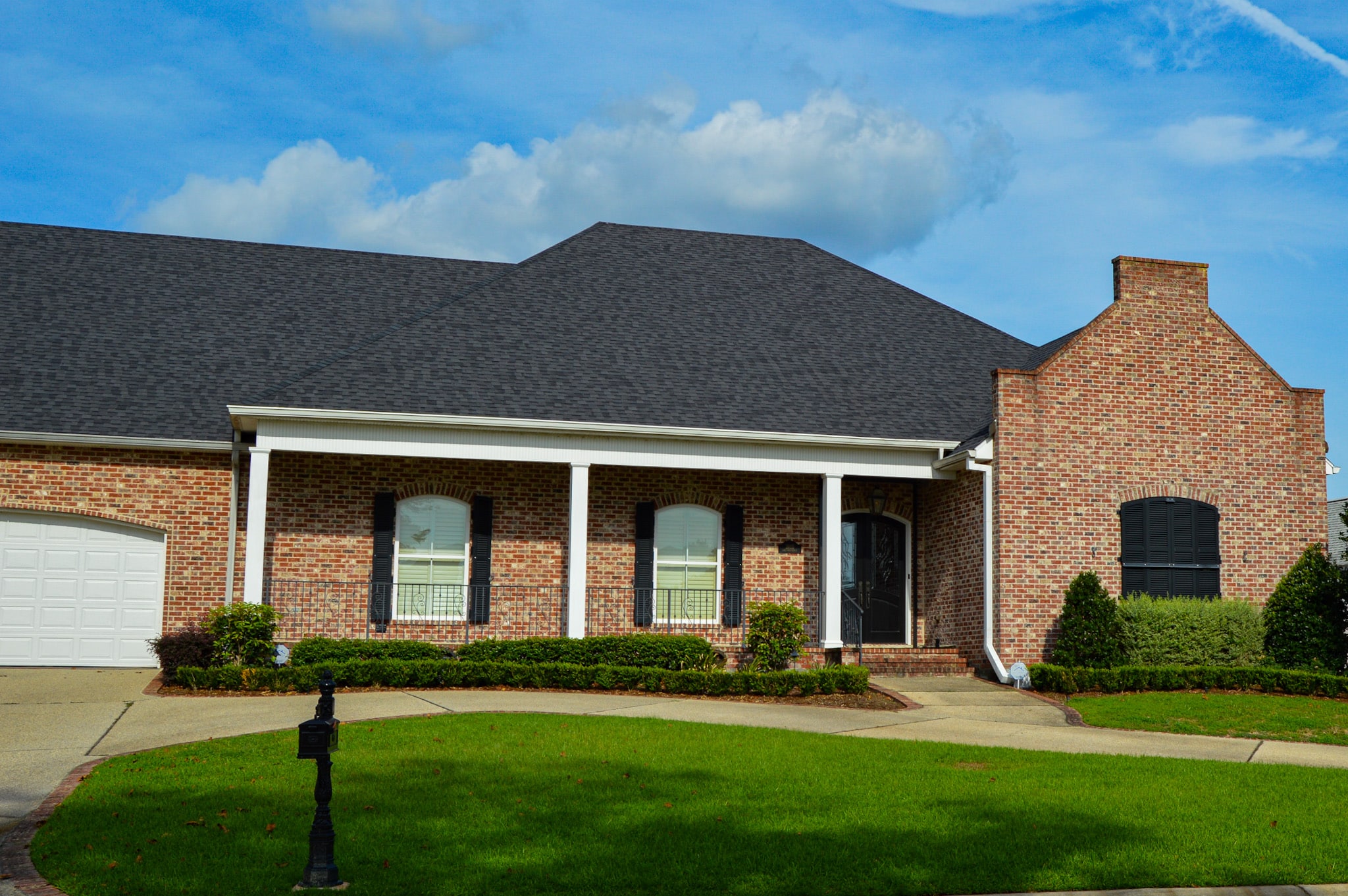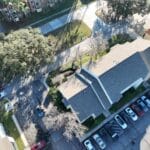5 Ideas for Choosing the Right Fiberglass Shingles
You finally decide it’s time. The old roof has patches, leaks, and more than a few shingles curling at the edges. The problem isn’t just visual, it’s structural, costly, and growing worse by the season.
As you start researching options, the term fiberglass shingles comes up again and again. It sounds promising. But with so many styles, brands, and specs, the next question is unavoidable: how do you choose the right one?
Selecting the right fiberglass shingles matters more than most homeowners realize. Your roof protects everything beneath it, your family, your furniture, your investment. Choosing wisely can improve energy efficiency, reduce future costs, and increase curb appeal.
Here are five clear, practical ideas to help you make the right decision.
Understand What Fiberglass Shingles Are (And What They’re Not)
Before you compare colors or prices, you need to understand what you’re actually choosing.
Fiberglass shingles are a type of asphalt shingle reinforced with a woven fiberglass mat. This base makes them lighter, more fire-resistant, and more durable in many weather conditions compared to organic asphalt shingles.
Because fiberglass shingles contain less asphalt, they’re also less likely to warp or dry out over time.
However, they’re not indestructible. In extremely cold climates, some fiberglass options may be more prone to cracking under heavy snow loads or thermal shock.
Understanding this trade-off helps set realistic expectations, and keeps your choice grounded in your specific climate and needs.
Match Your Shingle to Your Local Climate Conditions
Your local environment should be a primary filter in choosing the right fiberglass roofing product.
If you live in an area with intense sunlight, look for fiberglass shingles with UV-resistant granules. These reduce heat absorption and help keep attic temperatures in check.
In regions with frequent storms or high winds, focus on shingles with high wind ratings and impact resistance. Some premium lines offer protection up to 130 mph, which can be a valuable long-term investment.
If your area experiences significant rainfall, proper water-shedding ability and mold resistance become top priorities.
A good Roofing Company in NOLA, for example, will recommend shingles that perform well in high-humidity and hurricane-prone zones.
This match between product and environment is often overlooked. But it can make or break the long-term performance of your roof.
Consider the Full Lifespan, Not Just the Price Tag
It’s natural to compare shingles by price. But a lower upfront cost doesn’t always mean greater value.
Cheaper fiberglass shingles often come with shorter warranties, sometimes 20 years or less. More durable versions may come with 30-year, 50-year, or even lifetime coverage.
But more than warranty length, you should consider what the warranty covers. Is it prorated? Does it include labor or just materials? Are algae resistance and wind damage covered?
Also, think about maintenance. Will you be climbing up every spring to patch or replace loose pieces? Or will the product stay strong with minimal attention?
Longevity, maintenance, and reliability are key components of value. A well-informed choice saves you more over time, not just at the point of purchase.
Don’t Ignore the Aesthetic, It Impacts Your Home’s Value
Choosing the right fiberglass shingles isn’t just about protection. Your roof is a massive part of your home’s exterior.
Architectural shingles, for example, are a type of fiberglass shingle that mimics the look of slate or wood shake, adding dimension and character.
Color is another big decision. Lighter tones reflect sunlight and help keep attics cooler. Darker colors can look elegant but absorb more heat.
Look at your exterior siding, windows, and landscaping. A cohesive roof color can enhance the entire design of your home, and potentially increase resale value.
It’s worth requesting samples or using visualizer tools before deciding. What looks good online might feel very different in real light, on your actual roof, and next to your brick or siding.
Work with a Contractor Who Understands Fiberglass Roofing
Even the best fiberglass shingles won’t perform well if they’re installed poorly.
Choose a contractor who has experience working specifically with fiberglass-based asphalt shingles. Installation techniques matter, from ventilation to flashing to nailing patterns.
Ask for references, look at past work, and don’t be afraid to ask questions about warranties, permits, or materials.
Your contractor should also help you navigate local code requirements and manufacturer certifications, which can affect warranty eligibility.
In some cases, improper installation voids the warranty altogether. That’s why it’s not just about the product, it’s about the partnership.
Local companies often have better insights into what works in your area. A seasoned Roofing Company in NOLA, for example, will know which brands withstand Louisiana heat and storms and how to install them for maximum durability.
Final Thought: Your Roof Is Not the Place to Cut Corners
Many homeowners wait until there’s a leak or a storm to think about their roof. But the most effective roofing decisions happen before damage occurs.
Choosing the right fiberglass shingles is about weighing cost, performance, appearance, and longevity. Each element matters, and each one should guide your choice.
It may feel like just another renovation task. But your roof is your home’s first line of defense. It deserves deliberate, informed decision-making.
Take your time, ask questions, and don’t settle for a one-size-fits-all solution. The right shingles, in the right setting, with the right installation, can make all the difference, not just for your home’s appearance, but for its protection and efficiency.
And when in doubt, always choose experience over guesswork. A qualified local contractor can walk you through the options and ensure your roof adds real, lasting value.




